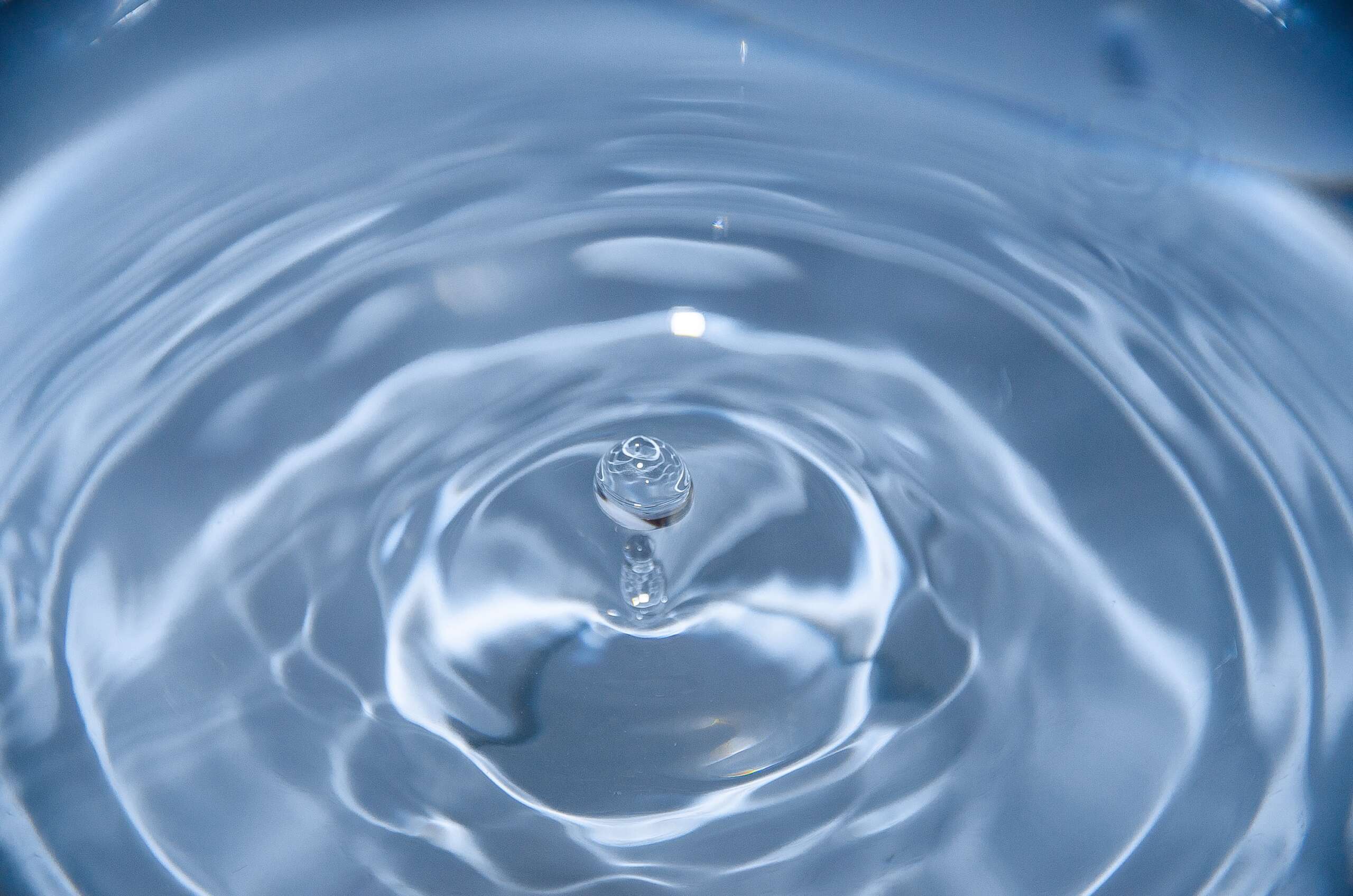Silicones are commonly found in skincare products, and they can come in many different forms with a variety of different structures reflected in their name. If an ingredient ends with -cone, -conol, -siloxane, or -quioxane, then it is most likely a silicone.
Are silicones safe?
The good news is that when it comes to topical use of skincare, silicones are generally harmless, they are typically used to improve the texture of products and/or act as an occlusive which can benefit the skin.
So what’s the harm?
The bad news is that the annual world production of siloxanes alone has reached over 10,000,000 tonnes, with more than 50% of all new cosmetics launched in the last 10 years contain at least one type of a silicone. Consequently, they have been identified as emerging persistent toxic compounds because of their widespread use, the properties of high volatility and low water solubility. The impact of certain methylsiloxanes on biota and the ecological environment has become a matter of great concern today.
According to the ECHA Annex XV Restriction report, that certain types of siloxanes meet the criteria for identification as ‘persistent, bioaccumulative and toxic‘ (PBT) and ‘very persistent very bioaccumulative‘ (vPvB) substance. Recent studies have shown some harmful effects on the health of living beings and they may also cause damage to the environment.
Concentrations of siloxanes D4, D5 and D6 were found in the blood plasma of fish, birds and mammals. Their toxicity corresponds to reproduction category 2, and is based on both aquatic and mammalian studies. This means that they have an adverse effect on sexual function and fertility, or on development of animals, and is suspected human reproductive toxicants.
According to the European Union, all siloxane emissions originate from the use of wash-off personal care products, and are considered to have the highest environmental risk for these substances. Siloxanes are also classified as Potential Hazardous Air Pollutants.
Thankfully, the use of small molecular size silicones which pose environmental risk is being phased out.
Concern of energy cost
Most types of silicones, especially the ones with larger particles such as dimethicone, pose minimal environmental risk in terms of toxicology. However there is still a concern of the high amount of energy required to manufacture them.
Silica is first extracted from raw source such as sand, it is then processed to produce silicon metal, after which the silicon metal undergoes hydrolosis to covert it into siloxanes, then it undergoes condensation reactions to link siloxane units to create polymer chains. After this, it undergoes polymerization to control the molecular weight to achieve desired properties. When it comes to skincare, there are even more added steps which include functionalization where various processes are introduced to enhance silicone properties.
This is a very energy intensive process compared to other skincare ingredients. As such, alternative occlusives such as certain natural oils, are more environmentally friendly.
Meanwhile, the use of silicones can be restricted to products that rely on them for important functions such as sunscreens.


